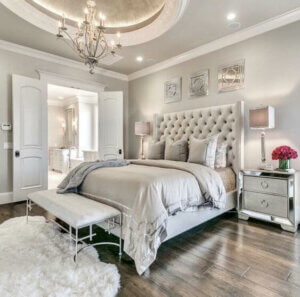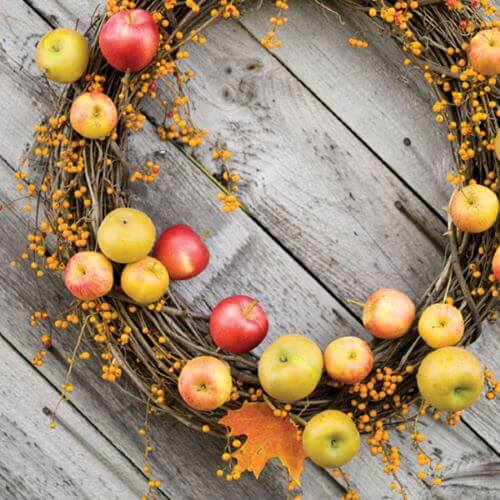Five Tips to Apply the Glam Style in Your Home

New decor trends are making their way into the interior design world. To reach a degree of originality and innovation, different styles must be combined, making sure they relate to each other. Continue reading to find out five ways to apply the glam style.
Society wants new ideas for the home. If we follow traditional formulas, there is repetition and interiors will all look the same. So, today, people want to change and pursue new goals that allow them to be unique.
Decor magazines may show the new places where interior designs are heading; however, many of the ideas are questionable. For this reason, the glam style creates a unique path.
What’s the glam style?

This style is formed through the combination of other styles, but which ones? How can we describe the glam concept? Some of the styles are modern mid-century, French style, classic, and some industrial.
Luxury is what prevails in these interiors – an elegant and sophisticated atmosphere. Furthermore, appearance is everything in this style.
In turn, glam features apply to the lifestyle of the tenant of the house – clothing, and way of life are associated with the interior decoration. Everything is a stage.
– Elegance and glamor are present in the environment.-
Five tips to apply the glam look

To carry out this decor style, you must apply a series of specific ideas to define its essence. The house must become a livable stage representing your personality.
Openness must be a fundamental principle. Spacious rooms radiate comfort and organization. There’s no point being random or improvising; in fact, just the opposite should occur. Your home should always be logical and tidy.
The textures are key to be able to enjoy them and they should offer an image that’s pleasing to the eye. Plush and velvet play a major role in furniture, in the same way that tapestries and rugs play a decisive role.
Regarding decorative ornaments, vases, mirrors, sculptures, and photos, they can all decorate the rooms. Of course, the objective is to get a classic look.
As for plants, there’s no doubt the green touch can give a natural feel. Also, flowers can give a pleasant touch to the room and give off freshness and pleasant fragrances.
Lamps become the focus of the living room or dining room. Spider or waterfall chandeliers can be the perfect touch for the glam style look.
The colors that predominate in glam style

What should the color palette be that predominates in this style? The range of colors that appear in modern mid-century and classic styles are whites, silver, gold, and neutrals.
These shades shouldn’t completely dominate a room. There must be a dialogue and combination between them, with silver and gold being a minority. These should just have a small presence in a few decorative items.
On the other hand, white and neutrals such as gray or blue, can be more prominent and dominate larger surfaces, especially since they provide light.
Mixing and matching are the backbones of style
Mixing doesn’t mean combining chaotically, but rather applying a coherent and rational link between resources and colors. Because of this approach, the glam style has become one of the hottest trends of 2020.
Finally, uniformity should be the result of this style, both due to the color relationship and the shapes of the furniture. So it’s not surprising art deco, classic, modern, and rustic styles link with each other.
Thanks for reading, we hope you’ve enjoyed this article.
All cited sources were thoroughly reviewed by our team to ensure their quality, reliability, currency, and validity. The bibliography of this article was considered reliable and of academic or scientific accuracy.
- De Haro Lebrija, Fernando; Fuentes, Omar: Espacios con estilo, AM Editores, 2012.








